Anyone familiar with the concept of POLE SHIFTS should be familiar with Professor Charles Hapgood, as he wrote several books on the subject including Earth’s Shifting Crust and Maps of the Ancient Sea Kings. “Maps” dealt more with the advanced ancient maps which not only showed lands which had not officially been discovered (or rediscovered) yet, but also the advanced mapmaking skills used, such as spherical triganometry. Such maps support the premise that advanced mapmaking was carried out worldwide, by an advanced civilization, prior to the current orientation of the Earth – before the last pole shift. (In all the research that went into writing End Times and 2019, Maps of the Ancient Sea Kings was one of the best books I’ve seen regarding proof of ancient advanced civilizations.)
https://endtimesand2019.files.wordpress.com/2016/01/maps.jpg
FWIW, Albert Einstein supported Hapgood’s ideas and corresponded with Hapgood often. In one letter Einstein wrote:
“I find your arguments very impressive and have the impression that your hypothesis is correct. One can hardly doubt that significant shifts of the crust have taken place repeatedly and within a short time.”
Einstein also wrote the foreward to Hapgood’s book, including:
“I frequently receive communications from people who wish to consult me concerning their unpublished ideas. It goes without saying that these ideas are very seldom possessed of scientific validity. The very first communication, however, that I received from Mr. Hapgood electrified me….”
Here is a book review I wrote for “Maps” on Amazon a few years ago:
“Hapgood’s ‘Maps of the Ancient Sea Kings’ may be known mostly for publicizing the existence of what is commonly called the Piri Reis Map, but as the first word in the title suggests there are many ancient maps evidencing knowledge we once believed was discovered more recently. The Piri Reis map of 1513 is a fragment of a larger map of the world, based on source maps going back to ancient Alexandria and beyond. Hapgood analyzes this map in great detail but the one fact that makes it most noteworthy is the detailed depiction of western Antarctica centuries before anyone in modern times knew the continent existed. Yet it was mapped in ancient times, free of ice, with mountains and river valleys in locations now verified with technology that can see under the ice cap.
Along with an analysis of many other ancient maps (such as those from Oronteus Finaeus, Hadji Ahmed, and Buache) which apparently demonstrate cartographic use of spherical trigonometry around the world, these maps also show geographical details the cartographers should not have known in antiquity (at least as conventional history teaches us.) Hapgood also looks into a variety of additional scientific evidence and reaches a conclusion which was startling when he introduced the idea about 60 years ago: that the surface of the Earth is not firmly attached to the core.
There are crustal displacements – pole shifts – in which the entire outer surface of the planet changes position relative to our poles of rotation and our equator. This may destroy civilization when it happens. It has happened repeatedly. Hapgood won’t tell us how quickly such an event could occur, nor will he claim that Atlantis was destroyed the last time it happened. But he does clarify where several prior North Poles have been, including the last one in Hudson Bay. He suggests that western Antarctica was habitable in ancient times. He even speculates that the next pole shift may take the future North Pole to a new location near Lake Baikal in Siberia. [Significant evidence suggests this cyclical and predictable catastrophe may occur in December 2019.]
If Hapgood’s thinking is correct (and as an author writing about related subjects, I believe it is) then we have information at our disposal which can help us make predictions about the next pole shift. Does this mean that certain prophecies might really be based on the calculations of ancient scientists who had technology and wisdom rivaling our own? Did they “know” when certain things would happen in the future? Hapgood doesn’t go that far. He stuck his neck out about as far as a college professor could in the 1950s without risking his job, but Atlantis and prophecy were not respectable topics.
Readers interested in such topics, along with those Hapgood did cover in “Maps” may also appreciate books like Hancock and Bauval’s “The Message of the Sphinx,” Weidner and Bridges’ “The Mysteries of the Great Cross of Hendaye,” Michell’s “The Dimensions of Paradise” and de Santillana and von Dechend’s “Hamlet’s Mill.”
* I also recommend reading: Flem-Ath’s When the Sky Fell
Review by David Montaigne, author of End Times and 2019
